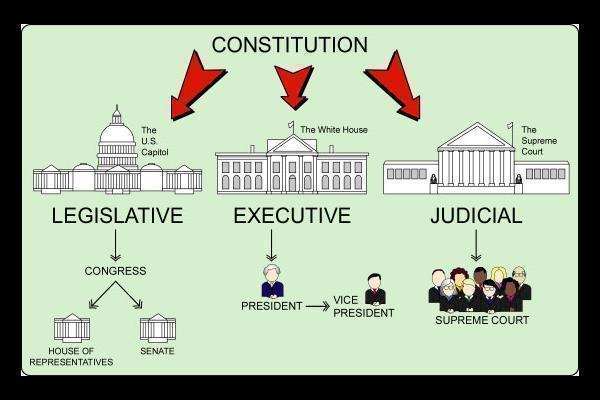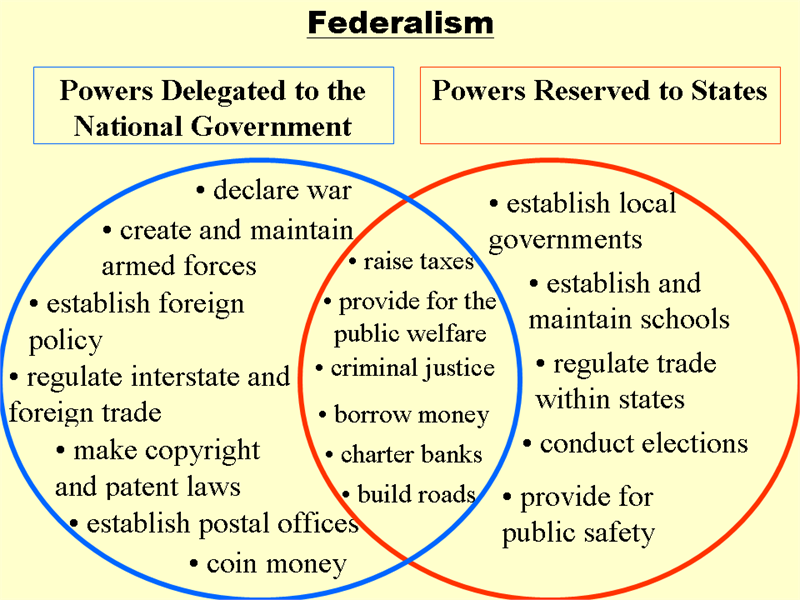Home | Overview | Schedule | Links

Introduction to Environmental Policy
Session 11
Deconstructing Federalism: Introduction to the U.S. Legal System
EVR 2861
Note:
Note the term being used here and in the sessions to follow - "deconstruct" - or to analyze by deconstruction (disassembling) in such a way as to expose underlying assumptions." This section and its assigned readings provides a transition in the course beyond policy frameworks to consider the basics of how the U.S. Federal System is organized and operates. Thereafter this perspective on the pollicy process will be applied to several case studies in the interest of assisting students in looking beneath the surface of case issues to identify the constitutional issues at stake.This civic knowledge is vital since shepherding policy changes through the legislature or congress and on to the state or federal executive requires a familiarity with the system. Likewise, in recent years much environmental policy is decided in the federal court system and their decisions, known as "case law" has exerted a huge influence upon modern U.S. environmental policy.
Reading:
Arnold, Paul A. (2008) About America: How the United States is Governed. Washington, DC: U.S. Bureau of International Information Programs.
Yell, Mitchell L. and Conroy, Terrye (2015) "Introduction to the American Legal System," In Yell and Conroy's (Eds.) The Law And Special Education. New York, NY: Pearson Education.
Video: Crash Course: Constitution; Three Branches of Government: How They Function; Creating a Constitution
Homework:
- Describe each of the four sources of law under the U.S. Constitution.
- Describe the process of creating a law.
- Describe and discuss the sources of judicial power (horizontal and vertical) of the court.
- What is the court of last resort and how does a case end up there?
- How are state governments typically organized?
- Describe the legtislative process.
- Identify some "compromises" involved in the U.S. Constitution
- How can the constitution be changed?
- Why didn't the original constituion have a bill of rights in it?
- Under the U.S. Constitution who makes law, who enforces law and what is the role of the courts?
- Explain the differencde between delegated and reserved powers and explain the rationale behind such a provision in the U.S. Constitution.
- Distinguish between the U.S. House of Representatives and the U.S. Senate.
- Describe two "Departments" in the Executive Branch and two "Agencies."
- Describe the federal system of checks and balances.
- How is local government typically organized?


